
The harmonica is one of the instruments whose popularity has increased recently. What you will learn about the ancient harmonica may surprise you. The harmonica is derived from an ancient Chinese instrument called the sheng. The sheng is the oldest known instrument, consisting of thin flexible metal strips used to produce notes. The harmonica, also known as the harmonica, can produce this sound in the same way. How to play the harmonica? When did it appear? What are the types? All questions answered and more in this article. Here is what you need to know about the harmonica, one of the oldest instruments in human history!
When and by whom was the harmonica invented?

The harmonica, also known as the harmonica, was invented in 1821 by Christian Buschmann. Due to its small size, easy portability and concealment, the harmonica became a popular instrument among African Americans during slavery. For similar reasons, the harmonica became a musical instrument used by cowboys.
Over time, the harmonica has become iconic for America.

By the 1930s, harmonicas had become commonplace in nearly every region of the United States. Its usefulness and convenience made this instrument attractive. Harmonica groups began to form all over the country. Over time, African Americans expressed themselves better and created a genre of music called the “blues,” which often played the harmonica.
The harmonica has three main parts: Cover Plates, Reed Plates, and Comb
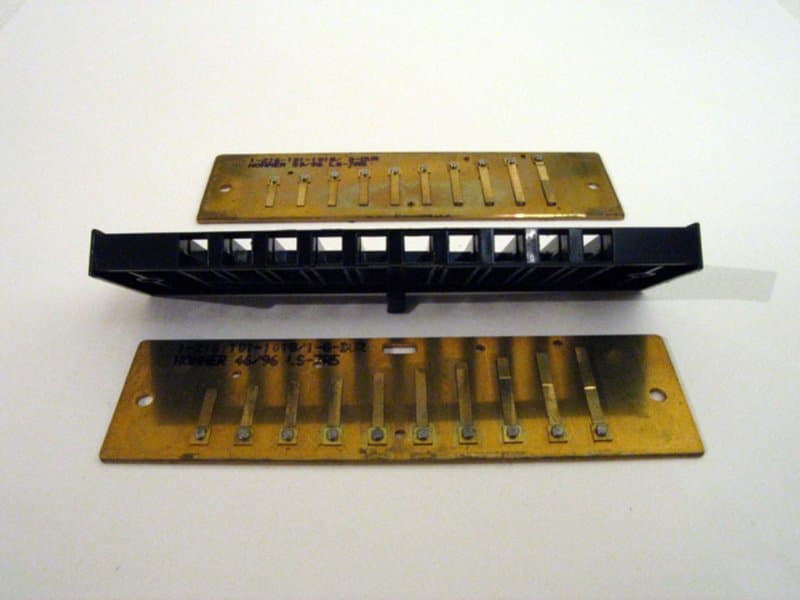
The cover plate is the metal parts located at the bottom and top of the harmonica. These pieces usually have a decor and a logo, and the upper cover section often has numbers corresponding to the blown holes. The reed plate is the metal plate located just below the cover plate. The melodies we hear from the harmonica come from here. The comb is located in the center of the harmonica and serves to hold other parts together. Its appearance is one-to-one with a hair comb.
There are two main types of harmonica: Diatonic and Chromatic

Each basic harmonica has a specific use. The most popular and at the same time the most affordable is the diatonic harmonica. Beginners generally prefer the diatonic or chromatic harmonica. Those who want to become more competent must learn to play these five types of harmonica.
The diatonic harmonica was first made in 1826.
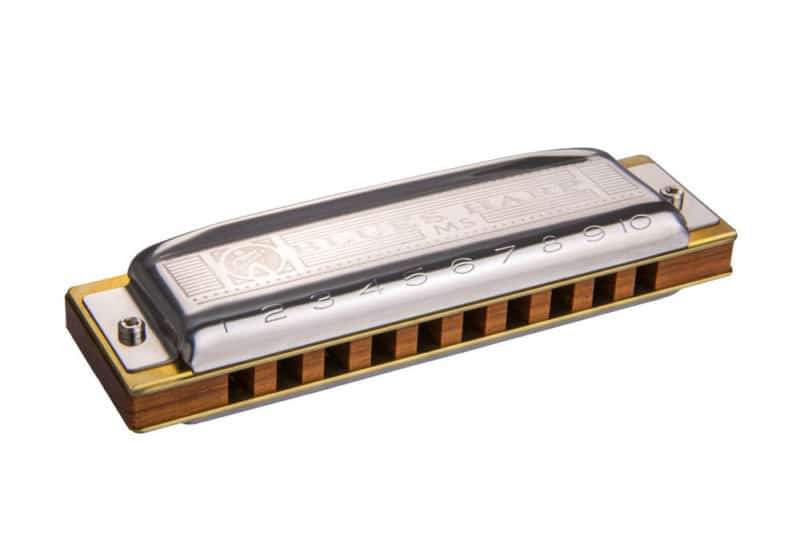
Made by Bohemian instrument maker Joseph Richter. It is the most common and easiest to use harmonica type among others. There are ten holes in the type of diatonic harmonica. In these harmonicas, the note sequences that can be played are determined by the note sound of the first hole blown.
Chromatic harmonica are decorated harmonicas.

Chromatic harmonicas usually have 10, 12, 14 or 16 holes. Chromatic harmonicas have a piston, and when this piston button is pressed, the notes are pulled up by half a volume. It offers more versatility but is also a bit more difficult to use. Chromatic harmonicas are not recommended for the blues music genre .
Tips You Should Know Before Playing the Harmonica

Although the harmonica may seem easy to play, it is actually an instrument that has many important tricks and you have to work hard to learn. Your posture is very important when playing the harmonica. When you straighten your back while standing or sitting, you have a better tone of voice. It gives you much more control over the air entering your lungs. Before starting to play the harmonica, first of all, a harmonica should be chosen according to the type of music to be played. Blues, western, country and rock music are generally preferred for diatonic harmonicas, while Latin music, jazz and classical music are preferred for chromatic harmonicas.
Harmonica Grip
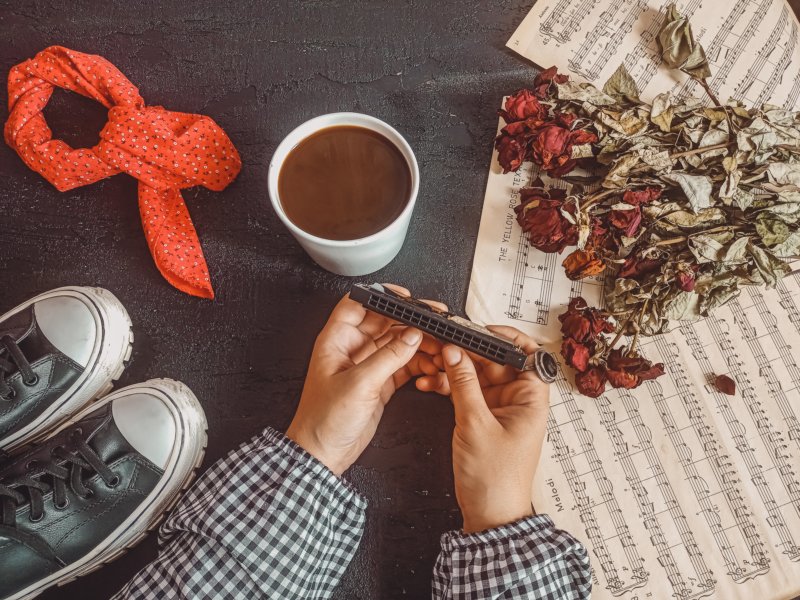
If you are right-handed, place the harmonica at the junction of the thumb and index fingers of your left hand. Your thumb grasps the harmonica under the harmonica, and the index finger grasps the harmonica above it. Your remaining fingers will be in a parallel position with your index finger. When you hold the grip, a gap should be left in the front so that your lips can grasp the harmonica. The right hand and thumb rest on the harmonica, then it is closed on the left hand so that it covers the harmonica.
It can also be played by pulling the breath in.
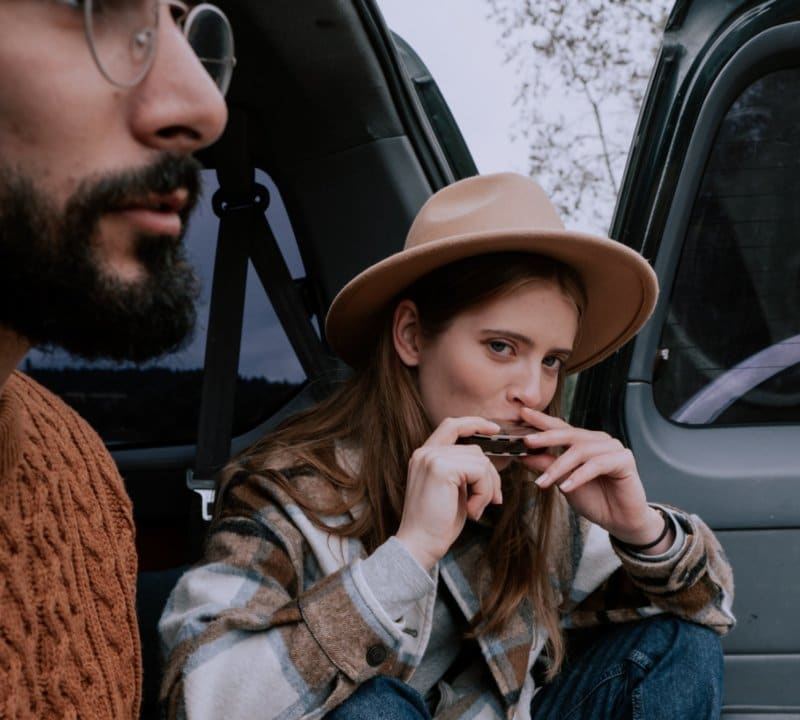
When you blow and breathe through the same hole, the note sounds will be different from each other. When you start to make quick transitions between certain simple exercises and lips and notes, you start playing musical pieces with your harmonica. While playing your harmonica, when you open and close your hand covering the harmonica with various speeds and angles, you add certain effects to the melodies that come out.
Making a lot of noise from one hole

If you have a chromatic harmonica in your hand, since each hole contains two reeds, it is possible to produce two different sounds by blowing and drawing from the same place. To give an example, starting from the lowest notes, a blow on the far left produces C, it can also produce D at the same time. If the musician presses the slider to the right of the harmonica, the instrument can play C# and D# a beat from the top layer to the bottom layer and then again. The presence of more than one reed in chromatic harmonicas enables chromatic harmonicas to be characterized by more than three octaves of width.
Another technique that should be known while playing is bend, sound bending.

By using this technique, it can be ensured that the note that emerges when blowing or pulling the harmonica can be lowered from half to three tones.
You have to raise your tongue in your mouth to restrict the airflow of the harmonica. This will bring the curtain down. Since the holes of the harmonica are very close to each other, it will be difficult for a beginner to make a single sound.
Some techniques required to make a single sound are curling the tongue, puckering of the lips or blowing by closing the holes with the tongue. The first recommended method for people who have just started to play the harmonica is to play the lips by shrinking them into a fish lip shape. When playing with a fish lip, you can play the note you want to remove more easily because the air will be blown through a narrow gap.
How to clean the harmonica?

When you start using the harmonica regularly, you will notice that dust has accumulated inside. You should clean your harmonica every now and then, even if it doesn’t affect the resulting melodies. If your harmonica has a plastic comb instead of a wooden or metal comb, you can wash the comb with room temperature water and let it dry. If you want to do a more thorough cleaning, you can remove the cover plate, remove the comb and clean it with a toothbrush and water. If you use soap while cleaning, make sure that the soap comes out well during washing. You don’t want to taste soap while playing.
If your harmonica comb is wooden, just scrub it with a toothbrush. Using soap and water while cleaning wooden combs will damage the comb. You can also use soap and water on metal harmonica combs, but you should not place them before they dry well so that the comb does not rust. It is possible to clean your cover plates as you clean the comb. Reed plates can be cleaned with the same methods without a toothbrush. You can easily find cleaning kits, brushes and other products for cleaning harmonica online.
What are the most common brands of harmonica?
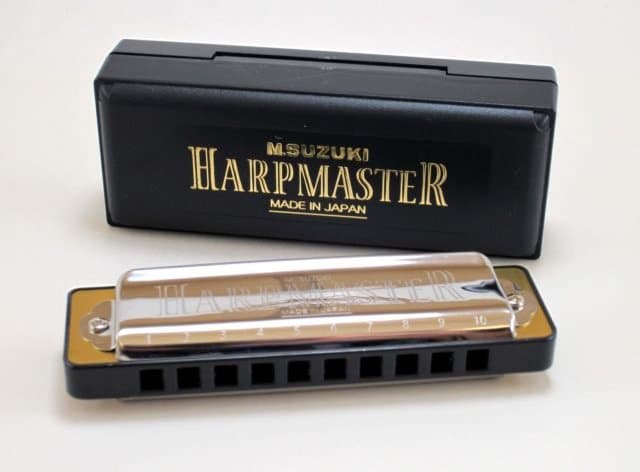
If you want to buy a harmonica and need help in this regard, it is useful to know about the most preferred and known harmonica brands. The main most common brands are Hohner, Hering, Lee Oskar, Suzuki, Bushman, Seydel, and Huang.
Who are the most famous harmonica artists?
Like any other instrument, the harmonica is not an instrument that you can pick up and play directly on stage. It takes years of practice and attention. Some of the well-known harmonica artists are: Buddy Greene, Little Walter, Lazy Lester, Sonny Boy Williamson II, Dennis Gruenling, Bob Dylan, Son Of Dave, Big Walter Horton, George Smith, Charlie Musselwhite, Sonny Terry, Harmonica Shah…
Bonus:
Buddy Greene -Classical Harmonica
This post is also available in: Türkçe


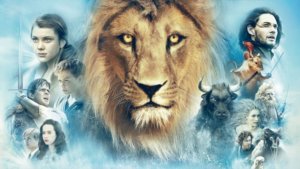
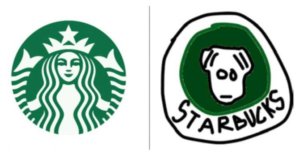
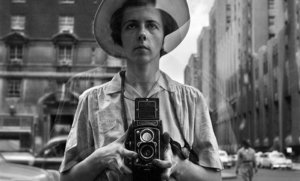

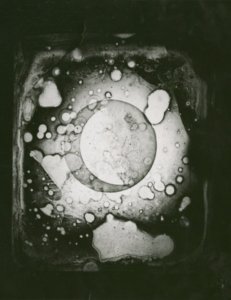
Yorumlar (0) Add Comment